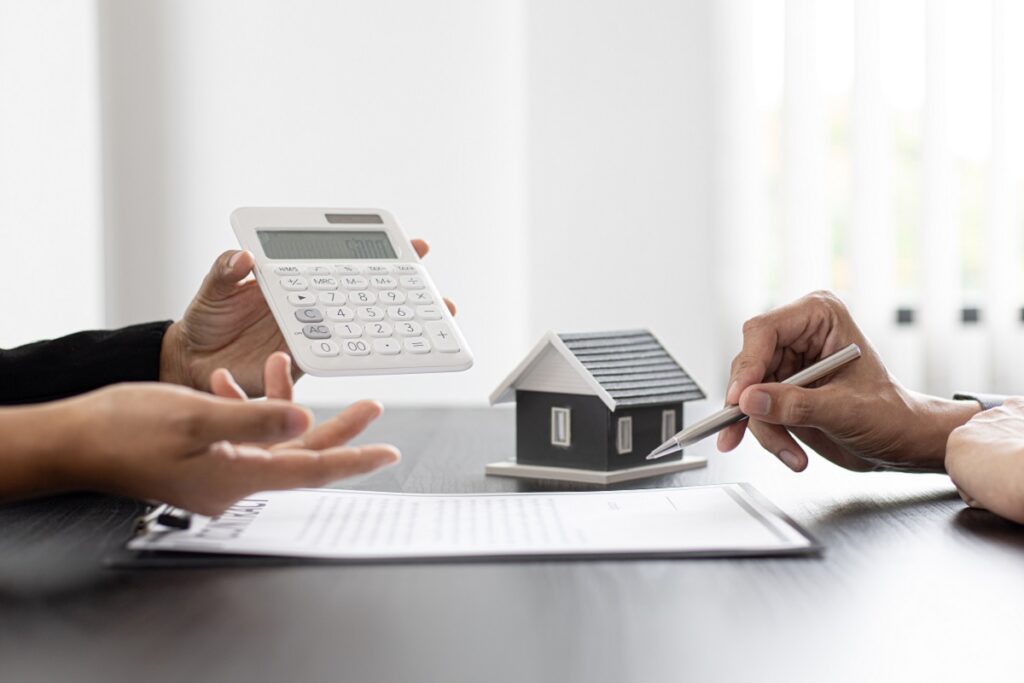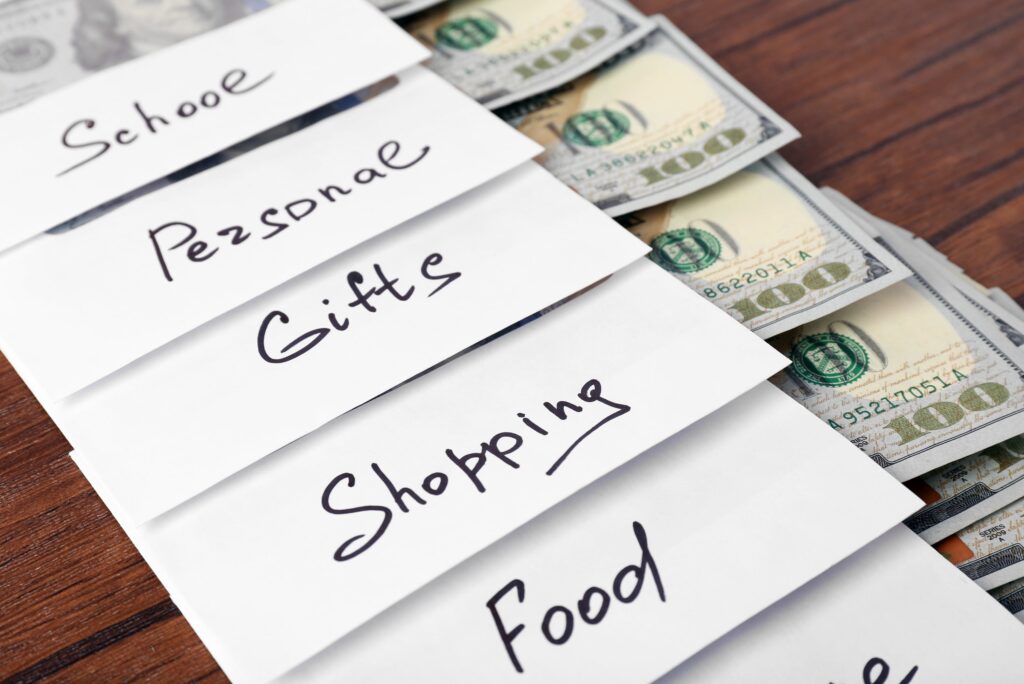Have you ever dreamed of owning your own home, only to feel overwhelmed by the financial puzzle it presents? For many millennials and Gen Zers like you, the prospect of buying a home can feel both thrilling and intimidating.
You’ve probably done the math on the down payment and mortgage, but are you fully prepared for what comes next?
What if I told you that the price tag on your dream home is only the beginning of the financial story?
By reading this post, you’ll uncover the hidden costs of homeownership and learn how to budget smartly, so you can embrace homeownership with confidence and avoid financial surprises.
1. Property Taxes: The Ongoing Price of Ownership
When you buy a home, you’re not just paying for the house—you’re also committing to annual property taxes. These taxes can vary widely based on your location and the value of your home.
For instance, owning a house in a high-tax state like New Jersey will cost you significantly more than in a state with lower taxes like Wyoming.
Why is this important? Property taxes are a recurring expense that can add thousands of dollars to your annual budget. It’s crucial to check local tax rates before you buy and factor them into your monthly costs. Ignoring property taxes can leave you scrambling to cover an expense you didn’t fully anticipate.
Pro Tip: Set aside a portion of your income monthly to ensure you’re ready when your property tax bill arrives.
2. Homeowner’s Insurance: Protecting Your Investment
Homeowner’s insurance is another expense you’ll need to budget for. While it’s often required by lenders, even if it weren’t, you’d want it to safeguard your investment.
Insurance rates are influenced by your home’s size, location, and even its age. Homes in areas prone to natural disasters, like hurricanes or wildfires, typically come with higher premiums.
Additionally, standard policies don’t always cover everything—you might need extra coverage for floods or earthquakes, depending on your location.
Before committing to a home, research insurance costs and shop around for the best rates. Also, consider bundling your homeowner’s insurance with other policies, like auto insurance, for potential discounts.
3. Maintenance and Repairs: A Never-Ending Responsibility
One of the biggest hidden costs of homeownership is maintenance. Unlike renting, where a landlord handles repairs, owning a home means you’re responsible for everything from fixing a leaky faucet to replacing a roof.
Experts recommend budgeting 1%–3% of your home’s value annually for maintenance. For a $300,000 home, that’s $3,000 to $9,000 per year. And remember, emergencies happen. A burst pipe or malfunctioning HVAC system can drain your savings if you’re not prepared.
To make maintenance more manageable:
- Build an emergency fund specifically for home repairs.
- Prioritize preventative care, like regular roof inspections or servicing your HVAC system.
4. Utilities and Energy Costs: Budgeting for Monthly Bills
Utilities are a non-negotiable part of homeownership. Heating, cooling, water, electricity, and internet services all add up. While you might already pay for some of these as a renter, owning a larger home could mean higher bills than you’re used to.
Energy-efficient appliances and smart home technology can help lower costs, but you should still expect fluctuations based on seasonal changes and regional energy rates.
Ways to control utility costs:
- Conduct an energy audit to find areas for improvement.
- Invest in energy-efficient windows and insulation.
- Switch to smart thermostats to manage heating and cooling better.

5. Homeowners Association (HOA) Fees: Community Living Comes at a Price
If your home is part of a community with an HOA, you’ll likely need to pay monthly or annual fees. These fees help maintain common areas, landscaping, and amenities like pools or gyms.
While HOAs can enhance property values by keeping neighborhoods well-maintained, they can also come with strict rules and unexpected assessments for major community projects.
HOA fees can range from $100 to several hundred dollars per month, depending on the neighborhood.
Before buying a home in an HOA community, review the HOA’s financial health, rules, and potential fee increases.
6. Closing Costs and Moving Expenses: The Final Hurdle
The moment you sign the dotted line and get the keys to your home, you might think the major expenses are behind you—but don’t forget about closing costs. These can range from 2%–5% of the home’s purchase price, covering fees for appraisals, inspections, and title insurance.
And it doesn’t stop there. Moving expenses, whether hiring professionals or renting a truck, can also add up quickly.
Other costs to consider after closing include:
- New furniture and appliances.
- Initial home improvements.
- Utility deposits and service setup fees.
7. Landscaping and Outdoor Maintenance: Keeping Up Curb Appeal
Owning a home doesn’t just mean taking care of the interior—your yard needs attention too. Lawn care, gardening, and seasonal maintenance like snow removal or leaf cleanup can add unexpected costs to your budget.
If you prefer a pristine lawn but lack the time or skills, hiring professional landscapers can become a recurring expense. Even if you do it yourself, you’ll need to invest in equipment such as lawnmowers, trimmers, and garden tools.
Cost-saving tips:
- Opt for low-maintenance landscaping, such as drought-resistant plants.
- Learn basic DIY lawn care to reduce reliance on professionals.
Conclusion
Owning a home is one of life’s most rewarding milestones, but it requires careful planning and budgeting beyond the purchase price. From property taxes to insurance, maintenance, and HOA fees, understanding the hidden costs of homeownership is key to financial success.
Now that you’re equipped with this knowledge, you’re ready to approach homeownership with confidence and avoid unexpected financial pitfalls. Do you have questions or tips of your own about budgeting for a home? Share your thoughts in the comments below—we’d love to hear from you!



